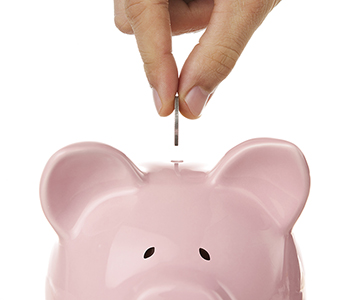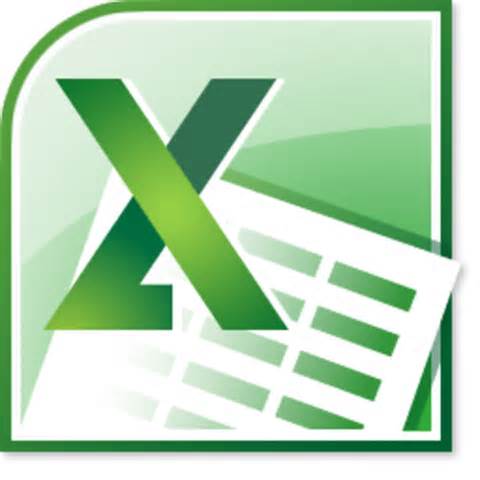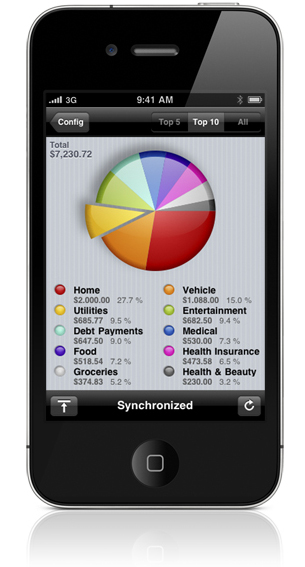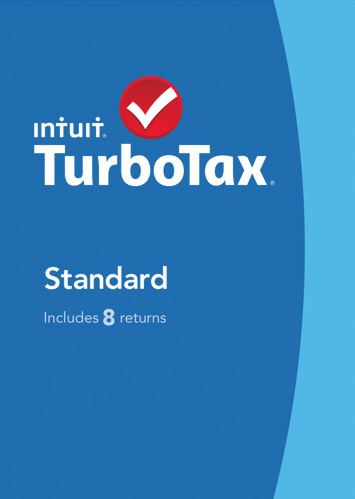 January is coming to a close, Christmas bills are rolling in, everywhere you turn you’re faced with ads urging you to contribute to your RRSP before it’s “too late,” and tax season is looming. Throw in the fact that we are in the middle of winter and it’s understandable if you just want to bury your head in the sand and wait patiently for spring to arrive. Unfortunately, just like we can’t stop winter from rearing its ugly head, we can’t ignore the fact that we can’t ignore our finances; and this is the perfect time of year to put a plan in place that will help you budget and track your finances.
January is coming to a close, Christmas bills are rolling in, everywhere you turn you’re faced with ads urging you to contribute to your RRSP before it’s “too late,” and tax season is looming. Throw in the fact that we are in the middle of winter and it’s understandable if you just want to bury your head in the sand and wait patiently for spring to arrive. Unfortunately, just like we can’t stop winter from rearing its ugly head, we can’t ignore the fact that we can’t ignore our finances; and this is the perfect time of year to put a plan in place that will help you budget and track your finances.
I’m by no financial expert, but I have two things going for me that have made me somewhat of a pro in the “know where your money is going” category. First, I work for a large financial institution and part of my gig is to understand what we all “should” be doing with our finances. Second, my financial history is very similar to the Titanic—an epic fail—so I have had to make changes in my life to avoid future “icebergs.” So with that said, here are some tools, tips, and tricks to help you know where your money is going and be a financial rock star in 2015 and beyond.
- Spend Normally
 To be successful at managing your finances, you first need to have a firm grasp on your spending habits. So here’s a challenge for you. Delete the budgeting app (for now), stop making a plan, and spend normally for the next 30 or 60 days. The only caveat? You have to track every single purchase and expense … and I mean EVERY single one. From your mortgage to that Diet Coke you bought at your office vending machine for $1: track it. Then, at the end of your 30 or 60 days, sit down with a pen and paper or an Excel spreadsheet and review where your money went.
To be successful at managing your finances, you first need to have a firm grasp on your spending habits. So here’s a challenge for you. Delete the budgeting app (for now), stop making a plan, and spend normally for the next 30 or 60 days. The only caveat? You have to track every single purchase and expense … and I mean EVERY single one. From your mortgage to that Diet Coke you bought at your office vending machine for $1: track it. Then, at the end of your 30 or 60 days, sit down with a pen and paper or an Excel spreadsheet and review where your money went.
Bucket your expenses into two main categories: fixed and variable. In the fixed category, list all your set expenses like rent, car payments, insurance, and utilities. In the variable category, further bucket your expenses into sub categories like eating out (this includes the $1 Diet Coke), clothes, groceries, gas, and entertainment. OK, now, look. Does anything jump out at you? Can you cut back anywhere? When I did this very same exercise a while back, I was dumbfounded to see that I had spent more than $1,000 on lives for an online game without even realizing it. I just thought “a buck here, a buck there, no biggie.” It was a biggie.
- Create a budget
 Now that you’ve got a real picture of where your money has been going, it’s time to create a budget. You can budget monthly, quarterly, annually, whatever floats your boat. The important thing is to be honest with yourself. It’s easy to say you can cut back on groceries, but if you aren’t willing to part with your expensive organic granola, or that awesome ground coffee that costs twice as much as the other stuff, don’t kid yourself. Budget what you know to be reasonable. Otherwise every month you will blow your budget, think it’s not working, and scrap it altogether.
Now that you’ve got a real picture of where your money has been going, it’s time to create a budget. You can budget monthly, quarterly, annually, whatever floats your boat. The important thing is to be honest with yourself. It’s easy to say you can cut back on groceries, but if you aren’t willing to part with your expensive organic granola, or that awesome ground coffee that costs twice as much as the other stuff, don’t kid yourself. Budget what you know to be reasonable. Otherwise every month you will blow your budget, think it’s not working, and scrap it altogether.
To help you with the budgeting process, there are a number of smartphone and tablet apps available to download. iReconcile and Mint are my favourites. Both make it easy to set up a budget with different categories that fit your unique spending habits, and both also allow you to do some online banking activities right from the app, like transferring money between accounts. Yes, some time will be required of you to create your budget before either of these apps will be of any help to you. But once that initial leg work is done, they will help you keep tabs of where your cash is going, and flag areas where you might want to cut down – like on Candy Crush lives.
Another great app that will help you stay on track of where your money is going – and when it needs to go – is the BillTracker app. With this handy app you can enter your monthly bills, how much they are, and then get alerts when each is due. It’s a great way to see what’s been paid and what’s coming up. If you are always on top of your bills, pat yourself on the back, but research shows that most people miss at least three bill payments a year and that can have an adverse effect on your credit rating.
- Plan for Contingencies
When it comes to money, it always looks good on paper. But life tends to not always go according to plan. Even if the budget you’ve created leaves you with very little extra after all is said and done, figure out a way to throw a little bit of cash into a savings account. Even if it’s only $25 a pay check, tuck something away. When you have absolutely no safety net, you might have to resort to credit if something unplanned comes up – like jerks breaking into your brand new car when you are away on vacation! – and while credit isn’t evil, it’s better if you can cover unforeseen expenses with cold hard cash. - Contribute to your RRSP year round
Year after year, the majority of us wait until the RRSP deadline comes around in the spring to make our annual contributions. But right after Christmas, and after a year of having a great time, it’s often the case that the money just isn’t there to contribute. Don’t think of an RRSP as a one-time-a-year deal. Think of it the same way you would a utility bill and budget a small (or large if you can swing it) amount of money every month to contribute. Then in March when everyone is stressing out about meeting the deadline, you’ll be sitting pretty.  Pay Attention & Schedule Time
Pay Attention & Schedule Time
With everything being digital and online these days, it’s easy to lose track of your cash. Do yourself a favour and set aside half an hour or an hour every week to review the last week’s expenses. Look at the balances of your savings and chequing accounts and check to see that nothing weird is going on. For example, I had a very old chequing account that I only used once in a while. Then one day when I went in to meet with my advisor, she pulled up my account and was shocked with how much I was paying in fees. In six months, I had paid almost $500.It’s also important that you review your credit card transactions every month. If anything is strange, notify your bank right away. But more than anything, being on top of your accounts and having a firm understanding of where your money is going makes you feel in control of your finances.
Similarly, unless you have a complex portfolio, try and do your tax return yourself using a program like TurboTax or UFile. Why? Simple. Doing your own tax return forces you to understand your entire financial situation. Even if you leave it to the pros, don’t just take the packet they hand you after they’ve filed on your behalf. Take a look at it. Ask questions if you have them.
To be on top of your finances and to understand exactly where every hard earned penny is going takes a commitment of time and energy on your part. But once you get into a rhythm and make budgeting a part of your every day life, you’ll start to notice some positive changes. Perhaps you’ll see that eating lunch out every day is costing you $200 a month so you opt to bring your own and save $150. Or perhaps you’ll be motivated to cut back on your groceries so you can put more in your RRSP every month. Bottom line – being on top of your finances isn’t just rewarding, it’s kinda sexy.



